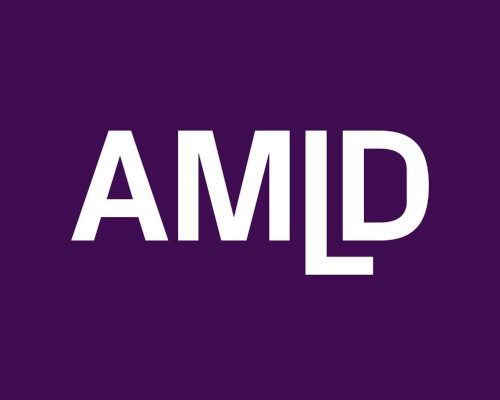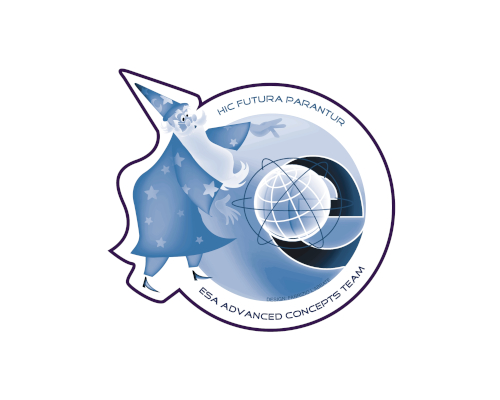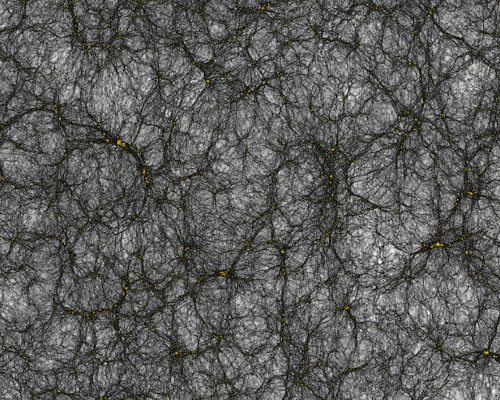Expertise
Computational Astrophysics
Development of numerical tools for astrophysics research; gravitational N-body integration; smoothed-particle hydrodynamics; deployment on high-performance computing infrastructures; large-scale data analysis.
Orbital Dynamics
Simulation and analysis of planetary systems and their orbital dynamics; late-stage planet formation with N-body simulations; secular evolution and apsidal behavior of known multi-planet systems.
Physics-Guided Machine Learning
Development of physics-aware machine learning algorithms; physical constraint and conservation law encoding; model interpretability; emulation.
Planet & Satellite Formation
The origin and evolution of terrestrial planetary systems; formation of Earth-like planets and their satellites; pairwise collision modeling for N-body simulations; formation of the Moon through a giant impact.
Anomaly Detection
Detection of suspicious events in financial datasets; digital forensics for text-based datasets; anomaly detection with natural language processing (NLP) and semantic analysis.
Data Science
Large-scale data analysis; time-series analysis; seasonality detection and modeling; statistics; classification; clustering; dataset meta-analysis; feature engineering and selection.
Recent Events

AMLD 2021 "AI/ML in Science"
Physics / Machine LearningMachine Learning in Science: Encoding physical constraints and good development practices...
Read More
ESA ACT Science Coffee
Astrophysics / Machine LearningMachine Learning in Planet Formation: Predicting the outcome of giant impacts...
Read More
PhD Defense
Machine Learning / Planet FormationStudying planet formation with artificially intelligent N-body simulations...
Read More
AMLD 2020 "AI & Space"
Artificial Intelligence / SpaceHow is AI/ML being applied in the space sciences?
Read More